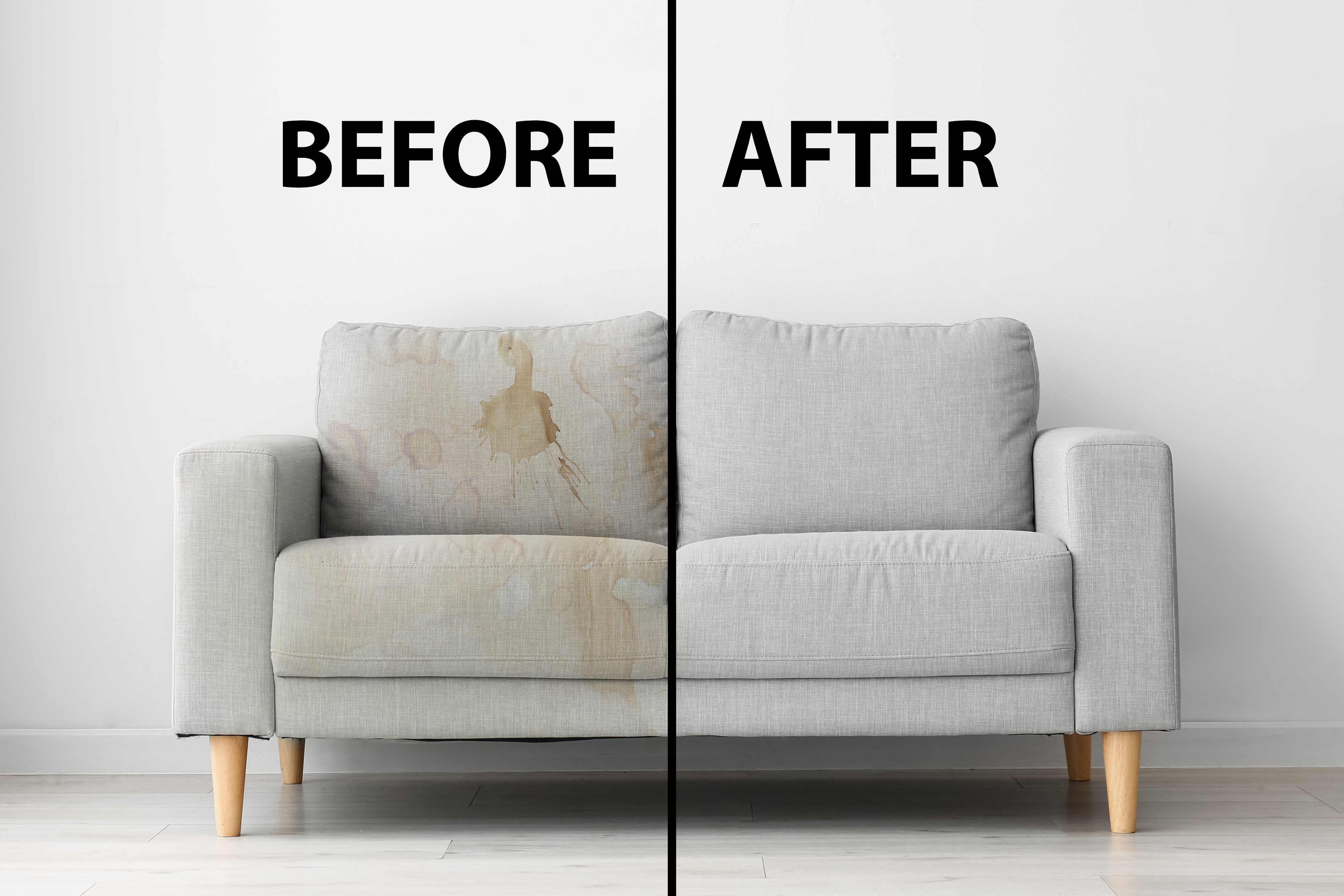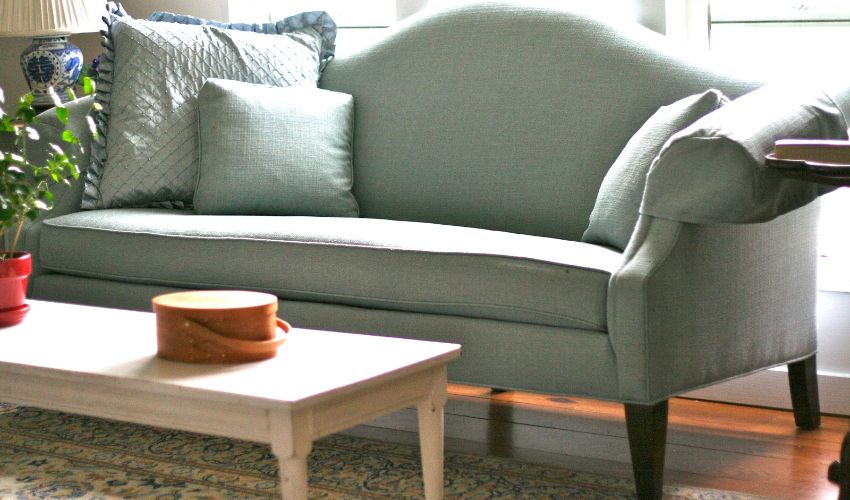A couch is one of the most important pieces of furniture in any home. It’s where families gather, where guests sit, and often the place we unwind after a long day. While most people simply buy a couch without thinking much about how it’s made, the truth is that crafting one is a detailed and time-intensive process. From the wooden frame to the fabric finish, every step requires skill and patience.
But how much time does it actually take to make a couch? The answer depends on several factors, including whether the couch is mass-produced in a factory or custom sofa dubai-built by skilled artisans. In general, creating a high-quality couch can take anywhere from a few days to a couple of weeks. Let’s break down the stages involved and see how long each step usually takes.

1. The Design Stage (1–3 Days)
Every couch begins as an idea. Before carpenters or upholsterers touch any material, a design must be finalized. This stage involves sketching, choosing dimensions, and deciding on the overall style—whether modern, classic, sectional, or recliner.
-
Custom couches: If a customer requests a unique size, fabric, or detailing, the design phase can take several days. Extra time is needed to prepare accurate drawings and get approvals.
-
Factory-made couches: Established designs are already in place, so little to no time is spent here.
For handcrafted couches, this step can take 1–3 days depending on complexity.
2. Frame Construction (1–2 Days)
The frame is the backbone of a couch. Most quality frames are made from kiln-dried hardwood, while mass-produced options may use engineered wood or plywood. The frame must be cut, shaped, and assembled with precision to ensure durability.
-
Handcrafted frames: Skilled carpenters may take 1–2 full days to cut, sand, and assemble the frame using traditional joinery methods.
-
Factory frames: Machines can cut and assemble frames much faster, sometimes in just a few hours.
The sturdiness of a couch depends heavily on this stage, which is why luxury couches dedicate more time here.

3. Suspension and Support (½–1 Day)
Once the frame is ready, the next step is adding support systems—springs, webbing, or elastic straps. This determines how comfortable and resilient the couch will feel when you sit on it.
-
Eight-way hand-tied springs, a premium feature, require several hours of careful work by an experienced craftsperson.
-
Simpler suspension systems, often found in mass-market sofas, can be installed in less than half a day.
Although it seems like a small step, it greatly influences the comfort and longevity of the couch.
4. Cushion Filling and Fabric Cutting (1–2 Days)
The cushions are what make a couch inviting. Foam, fiberfill, or down feathers are cut and shaped to provide both softness and support. At the same time, upholstery fabric or leather is measured and cut precisely.
-
Luxury couches: Cutting and sewing expensive materials like leather takes more time and care, often stretching this step to two days.
-
Standard couches: With pre-cut foam and machine-assisted fabric cutting, this stage can be completed in less than a day.
This stage is all about precision, because a single mistake in cutting fabric can lead to wasted material.
5. Upholstery and Sewing (2–4 Days)
Perhaps the most time-consuming part of couch-making is the upholstery. This is where the fabric or leather is carefully stitched, stretched, and stapled onto the frame. Details like tufting, piping, or patterned stitching require even more time.
-
Simple couches: A plain fabric sofa may only take 2 days to upholster.
-
Complex designs: Chesterfield sofas or couches with intricate detailing can take 4–5 days of steady work.
This stage requires both craftsmanship and patience, since even a small error in stitching or alignment can ruin the finished look.
6. Finishing Touches (½–1 Day)
The final stage is adding legs, trims, and accessories. Once assembled, the couch undergoes a thorough inspection to ensure quality standards are met. Any adjustments, polishing, or repairs are made before packaging or delivery.
This stage typically takes half a day but can stretch longer if multiple adjustments are required.
Total Time Estimate
Now that we’ve broken it down, let’s look at the average time frame:
-
Mass-produced couches: 1–3 days in large-scale factories using machines and pre-prepared materials.
-
Custom or handcrafted couches: 7–14 days on average, depending on complexity and design.
-
High-end luxury couches: 3–4 weeks if premium materials, hand-tied springs, and artisanal techniques are used.
Factors That Affect Production Time
The time to make a couch can vary depending on:
-
Design complexity – Sectionals, recliners, or tufted sofas naturally take longer.
-
Material choice – Leather requires more time than standard upholstery fabrics.
-
Customization – Special requests, unique sizes, or customer-specified fabrics extend the timeline.
-
Production method – Handmade craftsmanship is slower than machine-based production but offers higher quality.
Why Time Matters in Couch Making
Time isn’t just about speed—it’s about quality. A cheaply made couch can be produced in a few hours but may only last a couple of years. On the other hand, a handcrafted couch that takes two weeks can last decades with proper care.
When investing in a sofa, it’s important to remember that time spent during production often reflects durability, comfort, and style.
Final Thoughts
So, how much time is required to make a couch? The answer ranges from a couple of days to a few weeks, depending on whether it’s mass-produced or custom-made. Each stage—from design and framing to upholstery and finishing—requires skill, attention, and care.
The next time you sit on your couch, take a moment to appreciate the craftsmanship behind it. What may look like a simple piece of furniture is, in fact, the result of days or weeks of dedicated work by skilled hands.
A couch is more than just seating—it’s an investment in comfort and quality. And as with most things, the time put into making it is what makes all the difference.



